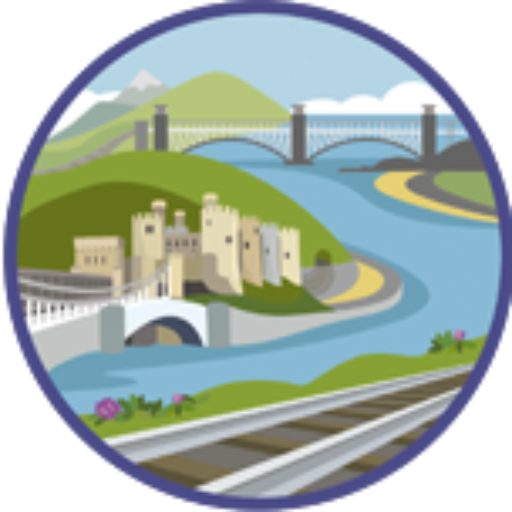North Llanrwst railway station opened in 1863 as the terminus of the Conway and Llanrwst Railway which was taken over by the London and North Western Railway in 1867 and extended to Betws-y-Coed in 1869.
In the years following its opening, the station underwent several name changes. In 1884 it was renamed Llanrwst and Trefriw following the formal opening of the Gower pedestrian road to Trefriw. It is a scenic rural walk of around one mile from North Llanrwst to Trefriw and features an impressive suspension footbridge over the River Conwy.

Trefriw has long been famous for its spa waters, believed to have therapeutic properties. The village flourished in the 19th century when it became a popular Victorian spa destination.
In modern times, Trefriw continues to attract visitors with its picturesque setting in the Conwy Valley, proximity to Eryri (Snowdonia) National Park, and the well-preserved Trefriw Woollen Mills, where traditional Welsh textiles are still produced. The Mill has a specialist Weavers’ Garden, where all the plants have a wide variety of textile connections. They are labelled to show their uses, which include plants for dyeing, soap substitutes and more. The Garden is at its best from June to September and can be viewed during shop opening times.
Trefriw also offers an array of scenic walking trails, including enchanting Fairy Falls on the River Crafnant, a picturesque waterfall, nestled within lush woodlands.
North Llanrwst railway station is the only passing loop on the Conwy Valley Line between Llandudno Junction and Blaenau Ffestiniog. The station is a request stop and there is a working signal box where trains must stop to exchange tokens.



